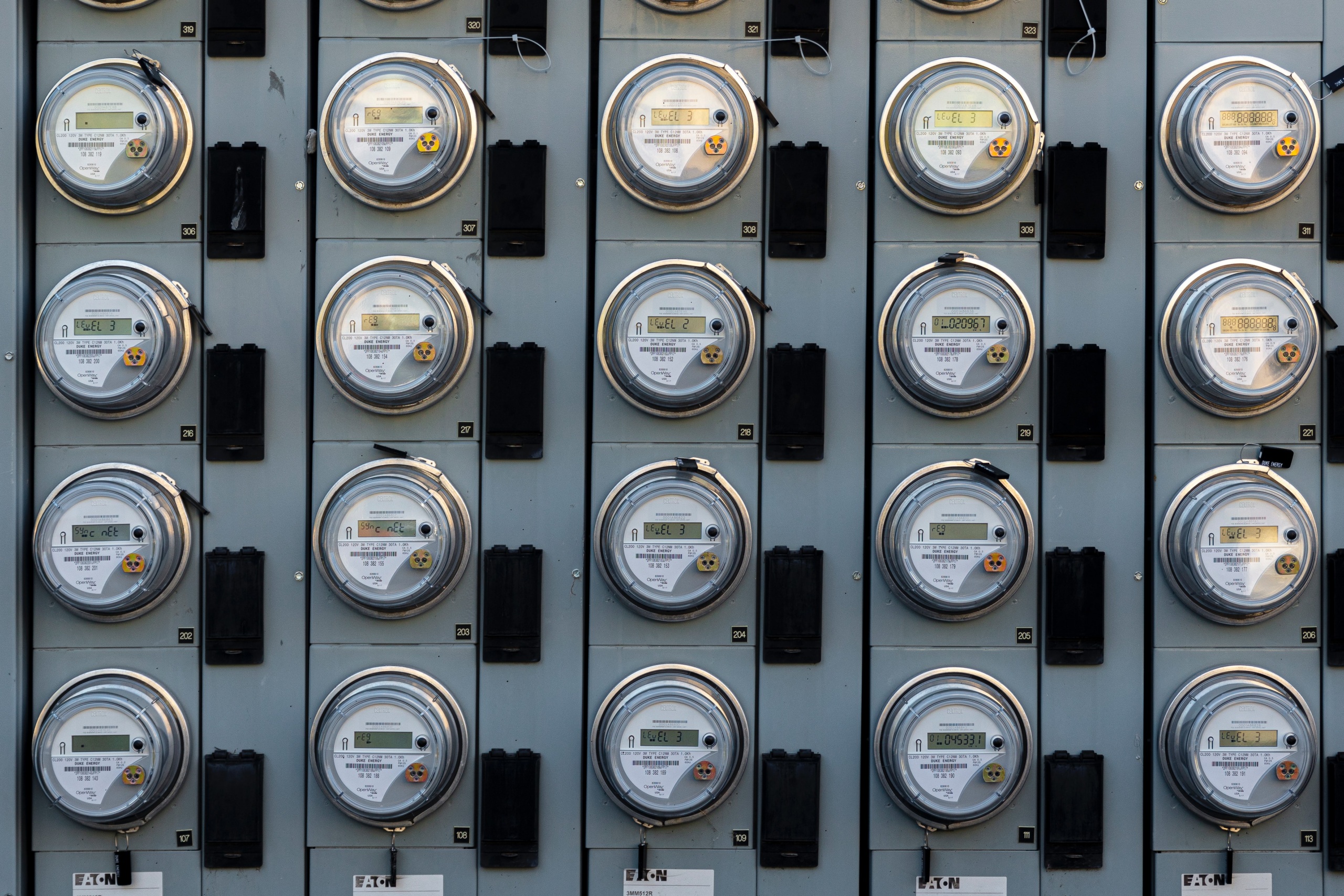
A Smart Solution
EmPOWER Maryland Is Saving Energy, Saving Money, and Boosting Our Economy
Maryland electricity consumers are beginning to reap the benefits of the state’s ambitious efforts to improve energy efficiency and measures to cut peak demand. Consumers are saving money and avoiding paying for expensive new infrastructure projects, while employers have been able to increase their competitiveness and hire new staff. A Smart Solution documents these benefits, and makes recommendations on how to further strengthen efficiency measures so that the state achieves the goals of EmPOWER Maryland.
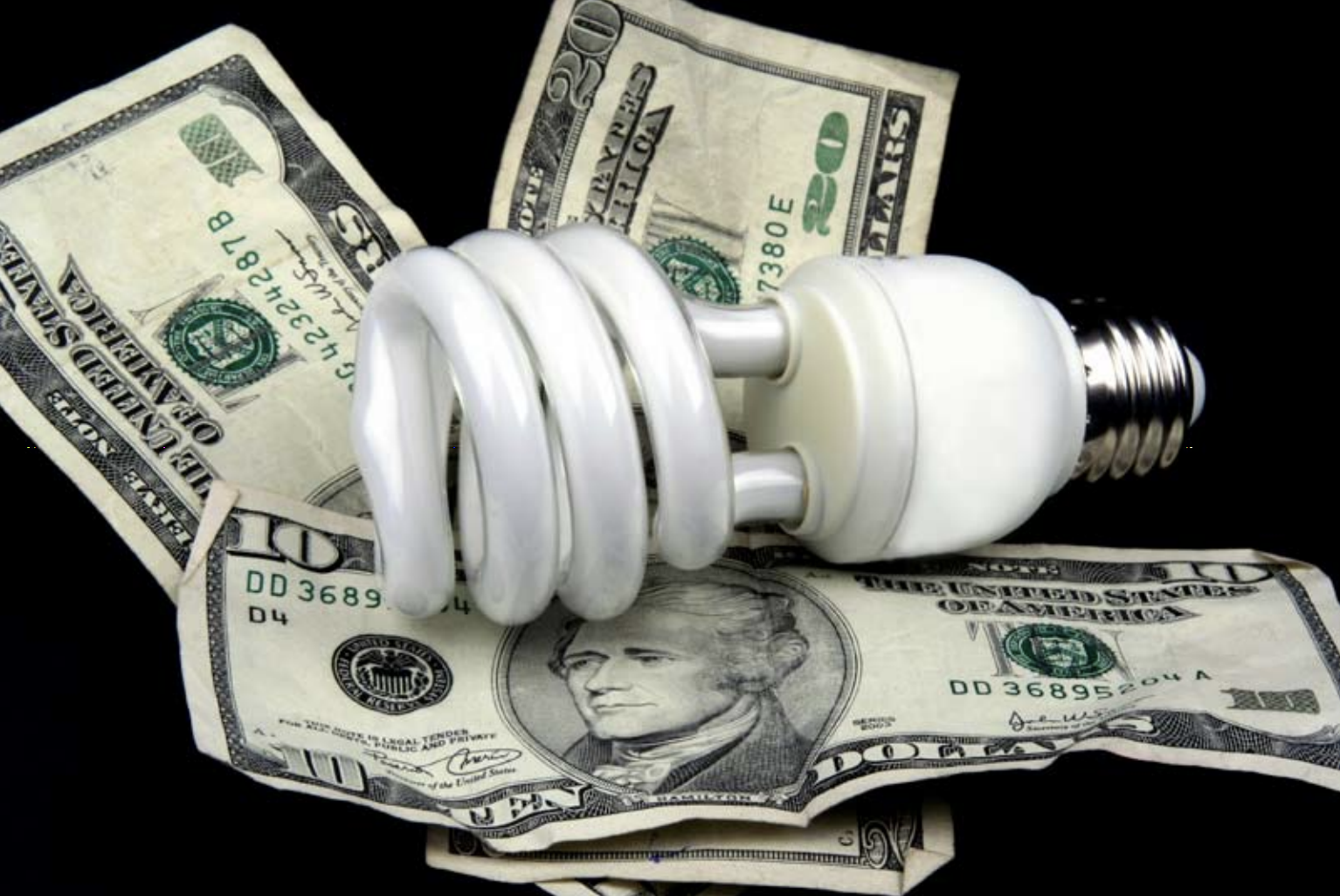
Downloads
Maryland electricity consumers are beginning to reap the benefits of the state’s ambitious efforts to improve energy efficiency and measures to cut peak demand. Consumers are saving money and avoiding paying for expensive new infrastructure projects, while employers have been able to increase their competitiveness and hire new staff.
Energy efficiency measures to cut peak demand are delivering significant benefits for Maryland’s ratepayers and economy. Residential, commercial and industrial ratepayers will spend $60 million less for electricity each year because of energy efficiency improvements made in 2009 and 2010.
In the face of spiking electricity rates, proposals for costly new transmission lines and power plants, and growing concern about the environmental and public health impacts of electricity generation, Maryland adopted strong energy efficiency and peak demand goals in 2008. The EmPOWER Maryland Act established a goal of reducing per capita electricity consumption by 15 percent by 2015. In response, utilities and state agencies have invested millions of dollars in energy efficiency.
Efficiency incentives offered by utilities and state and local governments have helped consumers across the state reduce their electricity use. In the aggregate, these small investments by thousands of homeowners yield millions of dollars in savings.
- An example of an efficiency investment is the work done by Frederick homeowner David Barrow, who reduced his electricity consumption by 30 percent after a home energy audit showed him where to seal air leaks in his home and how to make other modest improvements to the efficiency of his home. (See case study on p. 16.)
- In Talbot County, Jack Davis made efficiency improvements to ensure the longevity of his house and reduced his electricity consumption by 23 percent in just the first three months. (See case study on p. 15.)
- Energy efficiency investments like these will save consumers across Maryland $900 million over the life of the investments.
Energy efficiency investments will also help ratepayers save money for years to come by postponing or avoiding the need for costly new transmission and generation capacity.
- Proposals to build two new high-voltage transmission lines into Maryland have been scrapped in the past year because electricity demand dropped enough that the new power lines are not needed. The average Maryland household will save $4 per year with the postponement of the Mid-Atlantic Power Pathway (MAPP) line into the Delmarva Peninsula, a delay made possible by falling energy demand.
- On the hottest day of the summer 2011 heat wave, energy efficiency and demand-side programs helped reduce electricity consumption by Baltimore Gas & Electric (BGE) customers by 971 MW and were vital to ensuring that the region didn’t experience blackouts. Had Maryland constructed new natural gas-fired power plants to meet that power demand instead, it would have cost $946 million. If a blackout had occurred, the cost to the economy would have been huge.
Maryland’s economy benefits from energy efficiency as new jobs are created to implement energy efficiency programs, and as lower energy costs enable businesses to become more competitive.
- New jobs have been created by utilities and private energy efficiency firms to provide energy efficiency services to ratepayers around the state.
- An estimated 29 job-years of employment are created for every $1 million invested in energy efficiency, meaning that the $100 million that Maryland’s electric utilities and customers invested in energy efficiency as of September 2010 has created 2,920 job-years of employment.
- In 2010, at least 1,000 workers were trained for energy efficiency jobs.
- Baltimore-based Hawkeye Construction has added 18 employees to serve growing consumer demand for energy efficiency services. The firm pays competitive wages and provides training for workers entering the energy efficiency field, a welcome opportunity for construction workers idled by the economic downturn. (See case study on p. 20.)
- Businesses that have invested in energy efficiency, such as General Motors at its White Marsh facility, have been able to become more competitive as more efficient use of energy has lowered their utility bills. (See case study on p. 22.)
Maryland’s investment in energy efficiency has begun paying off for consumers and Maryland’s economy. However, implementation of EmPOWER Maryland is falling short and the state is failing to reap all the potential benefits of reduced electricity consumption. EmPOWER Maryland is not on track to achieve the 2015 goals for reduced electricity consumption or peak demand.
- As of the end of 2010, utility programs had achieved only 14 percent of the 2011 benchmark for reducing electricity consumption and 42 percent of the 2011 peak demand goal.
- Even if utilities continue to achieve the same level of quarterly savings on an annual basis through 2015 as they did in the fourth quarter of 2010, they will only achieve 46 percent of their goals for electricity savings.
These large shortfalls indicate that utilities, the Public Service Commission (PSC), and the Maryland Energy Administration must include more aggressive measures to save energy as they draft new plans to achieve EmPOWER Maryland targets over the next three years. In particular, the Public Service Commission should:
- Recognize all the benefits of EmPOWER Maryland – The Public Service Commission should use a broad cost-effectiveness test that captures all the benefits of energy efficiency, such as the avoided costs of building transmission lines and the public health benefits of using less energy.
- Improve program flexibility – Allowing utilities more flexibility to revise and improve their programs and improving the timeliness of the PSC’s response to utilities’ proposed offerings will make the process more flexible and responsive to change.
- Enforce timelines and targets – Utility failure to meet electricity savings targets or reporting deadlines set by the PSC should have clear consequences for the utility. Incomplete reporting by utilities undermines the PSC’s ability to evaluate programs.
The state should:
- Restore state funding for energy efficiency – Revenue raised through the Regional Greenhouse Gas Initiative (RGGI) should not be diverted from energy efficiency investments.
- Coordinate programs statewide – Coordinated programs with a single brand are more effective than separate efforts. When each utility offers different programs, it complicates outreach, education and training for consumers and contractors.
Topics
Authors
Elizabeth Ridlington
Associate Director and Senior Policy Analyst, Frontier Group
Elizabeth Ridlington is associate director and senior policy analyst with Frontier Group. She focuses primarily on global warming, toxics, health care and clean vehicles, and has written dozens of reports on these and other subjects. Elizabeth graduated with honors from Harvard with a degree in government. She joined Frontier Group in 2002. She lives in Northern California with her son.
Jordan Schneider
Policy Analyst
Find Out More
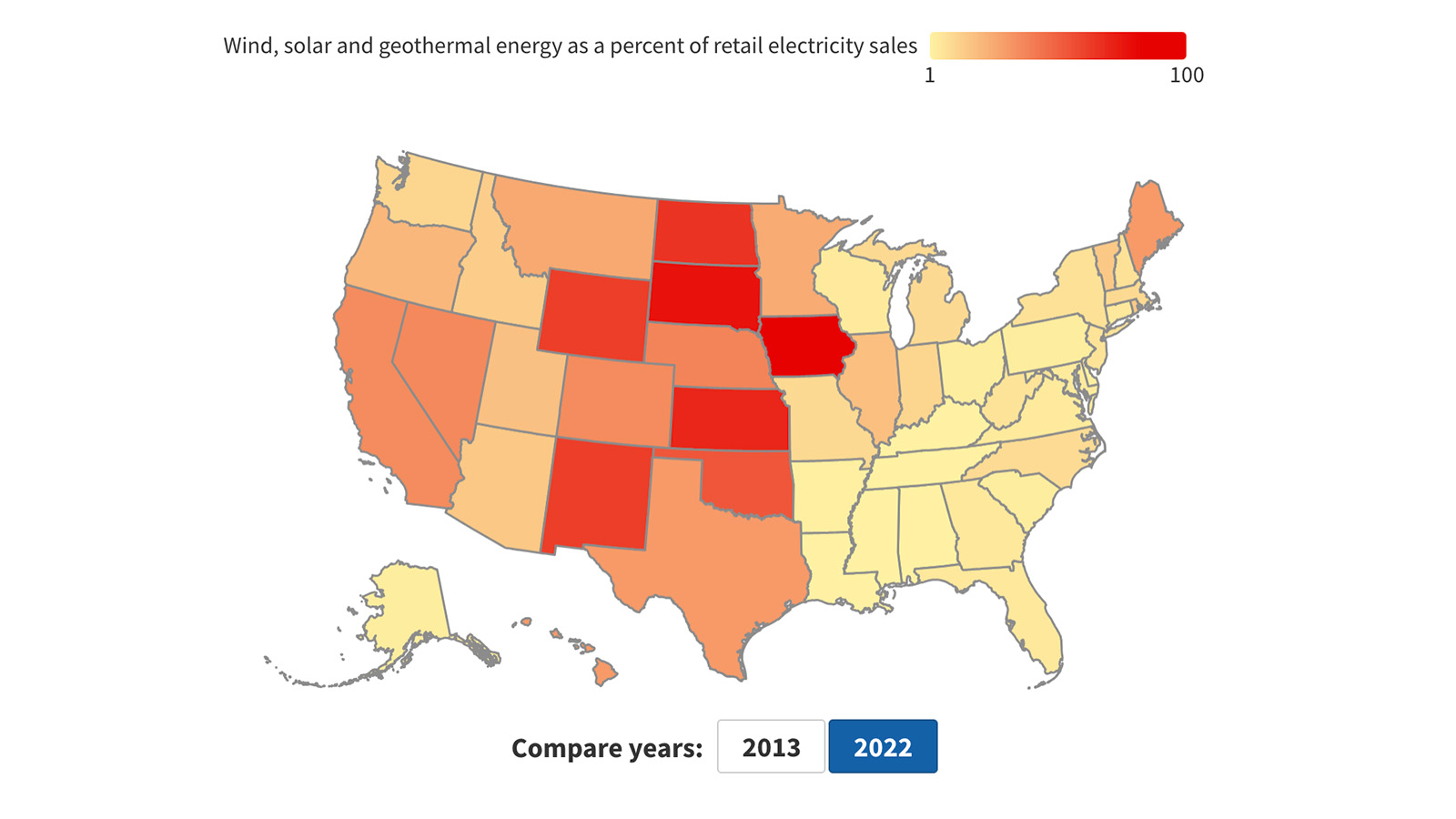
Renewables On The Rise Dashboard
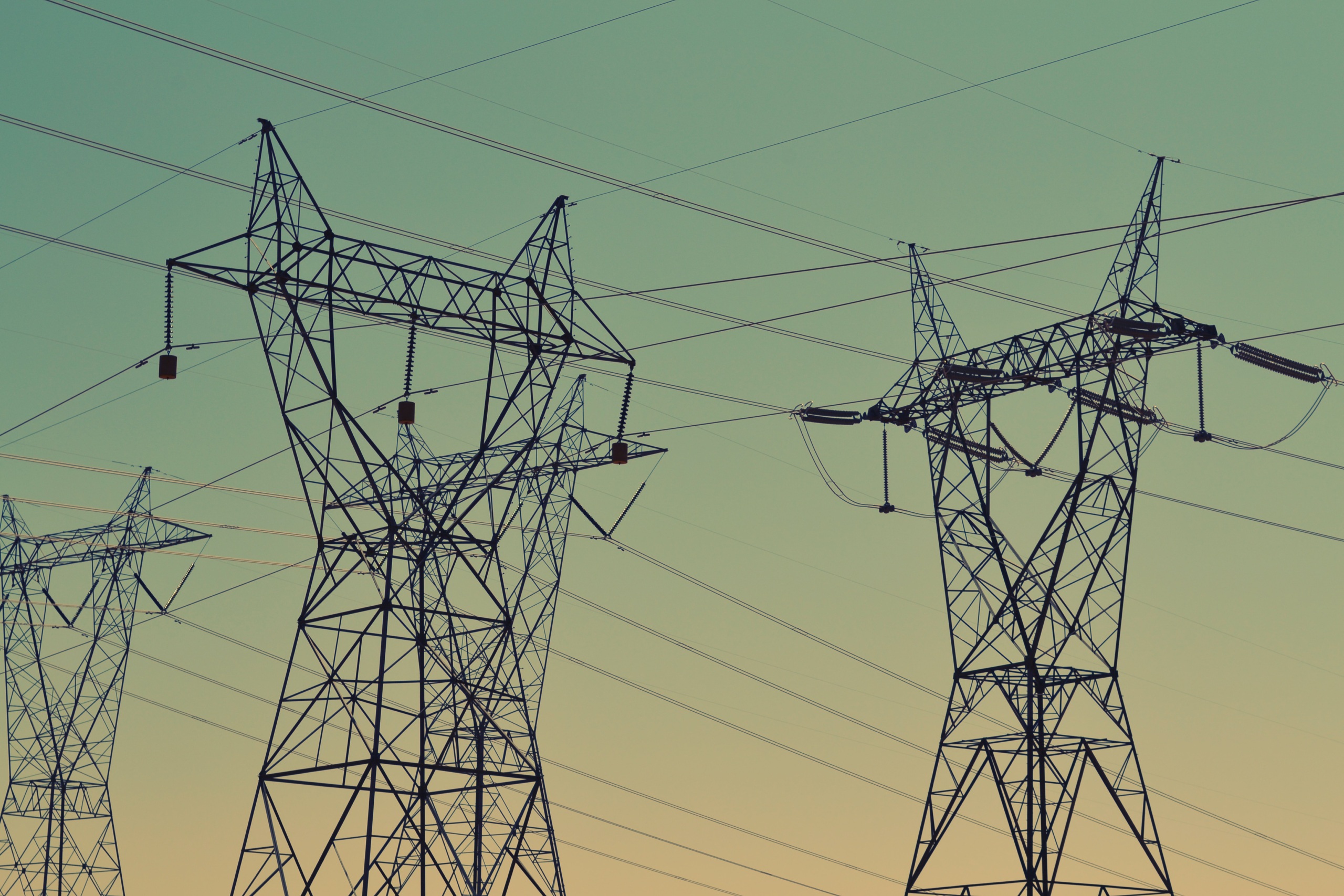
Fact file: Computing is using more energy than ever.
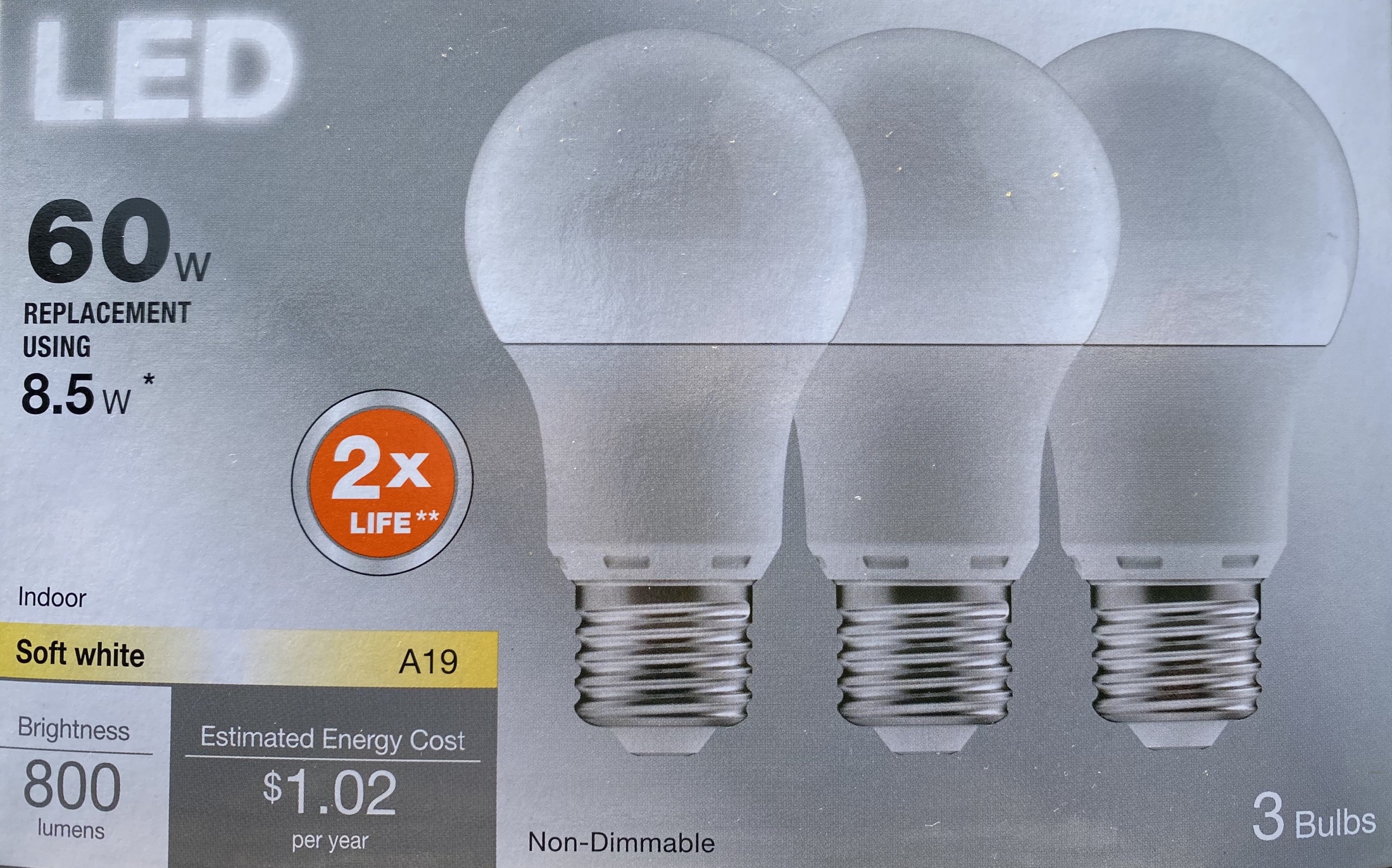
Buying LED bulbs: What to look for
